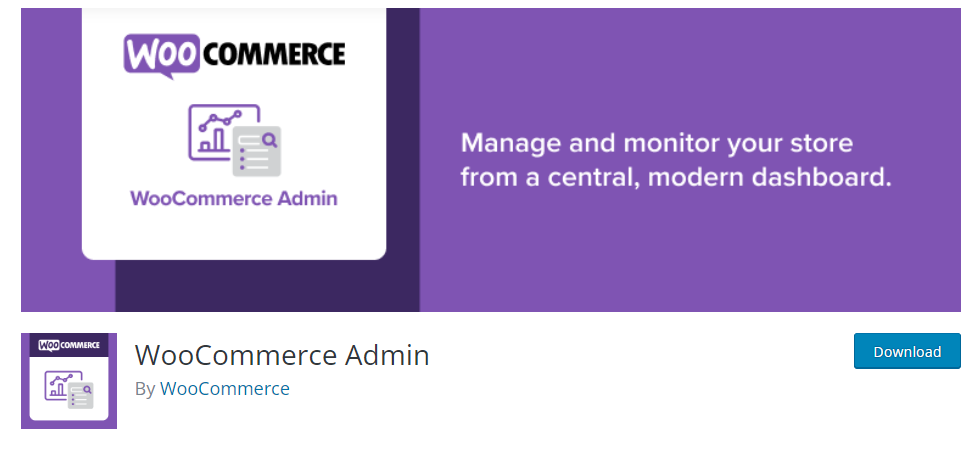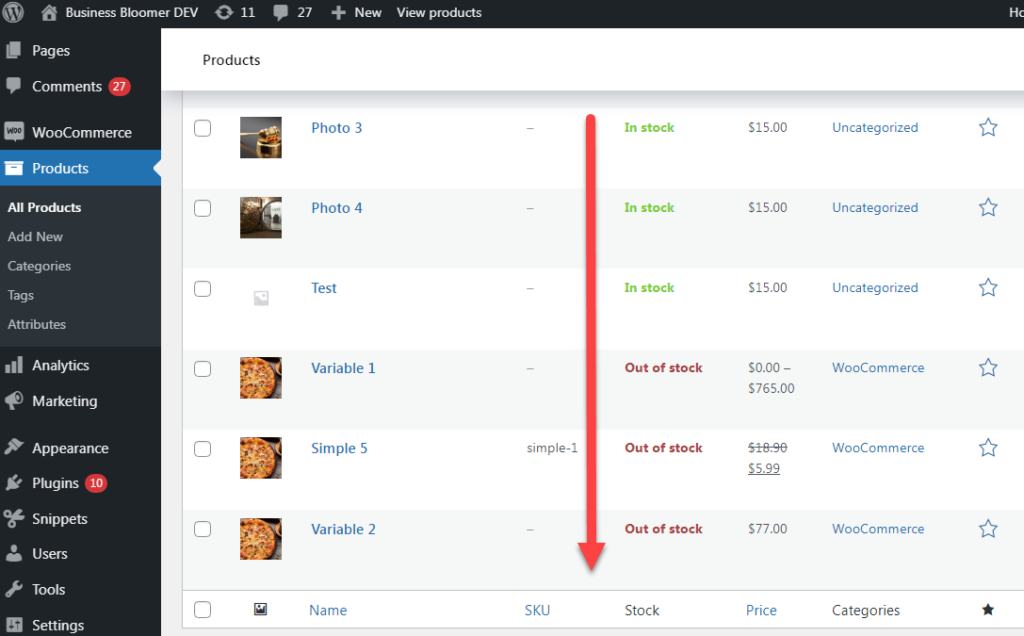[Woocommerce Admin: A Comprehensive Guide To Using The Tool]

Executive Summary

This comprehensive guide will delve into the Woocommerce Admin, offering a detailed understanding of its features, functionalities, and best practices. Whether you’re a seasoned e-commerce veteran or a budding online entrepreneur, mastering the Woocommerce Admin is crucial for maximizing your online store’s potential. From setting up products and managing orders to customizing your store’s appearance and analyzing your performance, we’ll explore every aspect of this powerful e-commerce platform.

Introduction
Woocommerce is a popular open-source e-commerce platform built on the foundation of WordPress. It offers unparalleled flexibility and control, allowing businesses of all sizes to create and manage their online stores with ease. The Woocommerce Admin serves as the central hub for all your e-commerce operations. Navigating its various sections and understanding their functions is key to building a thriving online business.
Frequently Asked Questions (FAQs)
1. What are the system requirements for running WooCommerce?
WooCommerce runs on the WordPress platform, so you’ll need to meet the minimum system requirements for WordPress. This typically includes a web server, a database, and PHP. The specific requirements can vary depending on your chosen hosting provider and the plugins you install.
2. How secure is WooCommerce?
WooCommerce is generally secure, but the level of security depends on several factors, including your hosting provider, the themes and plugins you use, and your own security practices. Regularly updating your WooCommerce installation and implementing security measures like strong passwords and two-factor authentication is crucial.
3. Can I sell physical and digital products with WooCommerce?
Yes, WooCommerce supports both physical and digital products. You can sell downloadable files, memberships, subscriptions, and more alongside physical products. You can even use WooCommerce to manage and sell services.
Setting Up Your WooCommerce Store
Setting up your Woocommerce store involves a series of straightforward steps that ensure you have a functional and appealing online shop.
- Install and activate the WooCommerce plugin: This is the foundation of your e-commerce setup. The plugin seamlessly integrates with your existing WordPress installation.
- Create product categories: Organize your products into logical categories for easy navigation and browsing. This enhances the shopping experience for your customers.
- Add products: This is where you define the core items for sale. Include product details, images, descriptions, pricing, and inventory information.
- Configure shipping and taxes: Determine shipping rates and tax settings based on your location, shipping zones, and product types.
Managing Orders and Customers
Efficient order management is vital for customer satisfaction. The Woocommerce Admin simplifies this process.
- Process orders: Track order status, manage payments, and generate invoices from the orders section of the Woocommerce Admin.
- Manage customer accounts: Create, edit, and view customer profiles, including purchase history and account information.
- Handle refunds and returns: Process returns, issue refunds, and manage customer disputes through the Woocommerce Admin.
- Provide customer support: Use built-in tools to communicate with customers, answer inquiries, and resolve issues efficiently.
Customizing Your Store’s Appearance
Woocommerce provides extensive customization options to tailor your online store’s appearance to your brand identity.
- Choose a theme: Themes determine your store’s overall design and layout. A variety of free and paid themes are available to suit different aesthetics and industry niches.
- Customize with plugins: Plugins add specific features and functionality to your store. Options range from payment gateways to shipping solutions and marketing tools.
- Modify layouts and design elements: Use CSS and other web development tools to adjust the styling of your store. Experiment with color palettes, fonts, and layouts to create a unique brand experience.
- Add a logo and branding elements: Visually represent your brand with a distinctive logo and consistent branding across your store’s interface.
Analyzing and Optimizing Your Store
Data-driven insights are crucial for understanding your store’s performance and making informed decisions. Woocommerce provides valuable analytics and reporting tools.
- Monitor sales and revenue: Track key metrics like total sales, revenue, and average order value to gain insights into your store’s profitability.
- Analyze traffic and conversion rates: Identify areas of opportunity by examining website traffic sources, visitor behavior, and conversion rates.
- Use Google Analytics: Integrate Google Analytics to collect in-depth data on website traffic, user engagement, and customer behavior.
- Run A/B tests: Experiment with different aspects of your store, such as pricing, product descriptions, and website layouts to optimize for conversions.
Conclusion
Mastering the Woocommerce Admin is essential for running a successful online store. By understanding its features, functionalities, and best practices, you gain control over every aspect of your e-commerce operations. From setting up products and managing orders to customizing your store’s appearance and analyzing performance data, the Woocommerce Admin empowers you to build a thriving online business that meets your unique needs.
Keyword Tags
- WooCommerce
- E-commerce
- WordPress
- Online store
- Website
This article is way too basic. I've been using WooCommerce for years and I already know all this stuff. It's not even mentioning anything about advanced features.
This article is so long and boring, I almost fell asleep reading it. I'm sure there's a way to make it more entertaining. Maybe with pictures of cats or something.
I'm glad this article exists, but I wish it went into more detail about specific features. For example, I'd love to know more about how to set up shipping and tax rates.
I don't think WooCommerce is the best option for everyone. Shopify is much easier to use and has a lot more features. This article makes WooCommerce seem like the only choice, which is misleading.
Oh, so WooCommerce is finally getting a guide? About time! I've been waiting for this for years. It's not like it's a super popular platform or anything.
You might want to mention that WooCommerce is open-source software, so it's free to use. It's also really customizable, which is great for businesses of all sizes.
This article is so helpful, it's like reading a book about how to tie your shoes. I'm sure anyone with a brain can figure out how to use WooCommerce without this guide. Maybe it's for beginners, I guess.
This is a really helpful article! I've been struggling to figure out WooCommerce for a while now, and this really cleared things up. Thanks so much!
I'm not sure I agree with the author's statement about WooCommerce being the best e-commerce platform. I've had some bad experiences with it in the past. It's definitely not for everyone. I'm sure there are better options out there.
This article is pretty good, but I think it could be even better if it included some real-world examples. It's hard to understand how to use WooCommerce without seeing it in action.